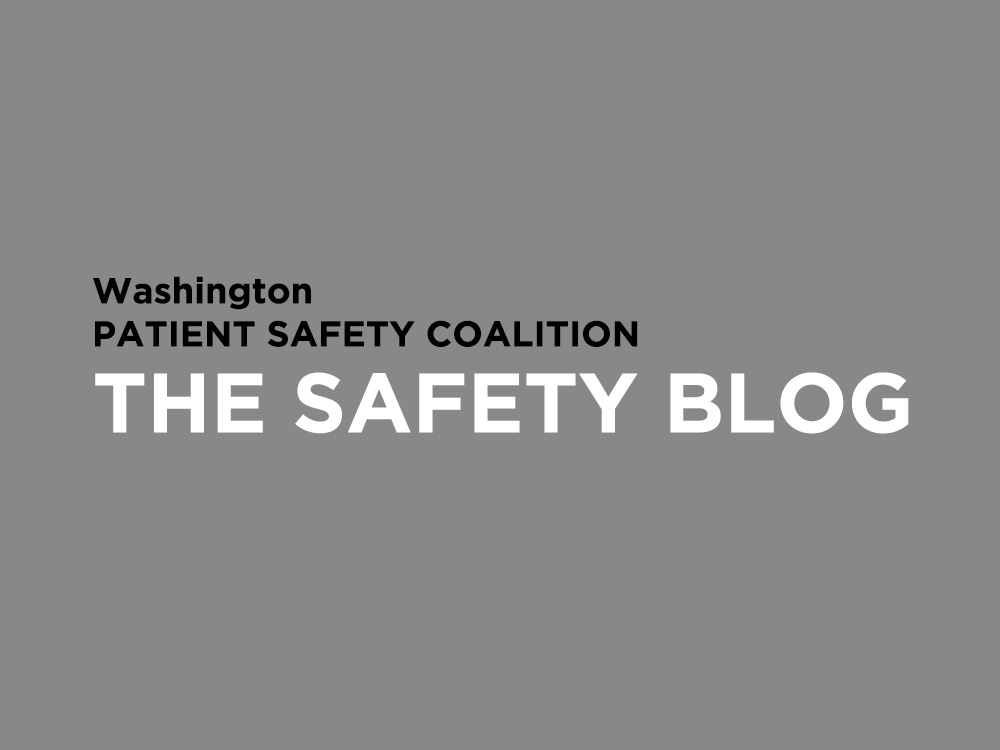- FHCQ Foundation for Health Care Quality
- COAP Care Outcomes Assessment Program
- Spine COAP Care Outcomes Assessment Program
- SCOAP Care Outcomes Assessment Program
- OBCOAP Care Outcomes Assessment Program
- CBDR
- Smooth Transitions
- WPSC Patient Safety Coalition
- Bree Collaborative Bree Collaborative
- Health Equity Health Equity
- Admin Simp
- Contact Us
A “Just Culture” environment is critical to safety and quality improvement and deserves the board’s full attention.

A “Just Culture” environment is critical to safety and quality improvement and deserves the board’s full attention.
[two_third]
Patient safety and quality is ultimately the responsibility of our governance boards. In the past, it was thought to be a clinical issue for the clinicians to figure out. Today, with the increased recognition that preventable harm causes 200,000 patient deaths a year, it is clear that the ‘buck stops’ at the highest level of authority in the organization and that the board must work closely with the CEO to oversee, support and demand safety and quality excellence.
The ability to see our risks, hazards and errors in order that we can fix the systems, processes and practices that lead to the majority of preventable harm events, is a significant component of safety and quality improvement work. In the past, we thought that by simply empowering our caregivers to raise issues of concern, information would flow freely. Today, we better understand that a “Just Culture” environment that fairly and appropriately supports caregivers when mistakes occur is critical to priming and sustaining the flow of information.
A “Just Culture” environment deserves the board’s full attention. So what should the board do? Here are several governance best practices:
- Provide the board with the most current “Just Culture 101” education materials. David Marx, the Institute for Healthcare Improvement, the Governance Institute and the Canadian Patient Safety Institute are all excellent resources.
- Routinely review the organization’s “Just Culture” plan, policies and procedures. Ensure the plan is well documented, thoroughly communicated and continually assessed. Compare the components of sample plans provided by the organizations above to your current plan, and identify and discuss the gaps.
- Review and discuss your formal culture of safety survey feedback information, to assess the willingness of caregivers to raise issues of concern, and their input on the effectiveness of the organization’s “Just Culture” policies and procedures. Compare your survey results with the experiences of best performers to challenge your current position.
- Review and discuss a recent incident where “Just Culture” policies were utilized. What went well? What could be improved?
- Ask caregivers and management about the “Just Culture” environment during trustee rounding. Survey data is very helpful. Direct feedback is invaluable.
- Consider bolder, more aggressive goals and objectives for instilling a “Just Culture” based upon organization-wide feedback and assessment findings.
- Be very clear about the board’s commitment to open disclosure and a “Just Culture.” Trustees should ‘be seen’ by the organization to be knowledgeable, interested and supportive.
– Tom VanDawark, Orca Partners[/two_third]
[one_third_last]
Thoughts to share with Tom?
[button link=”mailto:tom@orcapartnersllc.com”] Mail Tom[/button]
[/one_third_last]
Recent Posts
- TakeCharge This Patient Safety Awareness Week: 5 Steps to Safer Healthcare
- Stigma & Bias in Healthcare: The Obstacles, Consequences and Changes Needed
- Agility in Crisis: How The Everett Clinic responded to COVID-19
- Collaboration over Competition: How Pediatric Hospitals Can Thrive When They Work Together
- Reducing Stress for Health Professionals During the COVID-19 Pandemic

